Introduction To Chitral Valley
Under the Hindukush, under the shadows of Tirichmir, is CHITRAL VALLEY. Chitral is accessible via several mountain passes, with the most well-known being the Lowari Top (3,118 m), which is located in Pakistan’s Khyber-Pakhtunkhwa province. The Hindu Raj (a spur of the higher Hindukush) is an exciting crossing due to its natural beauty and cultural diversity. Chitral’s eastern entrance from Gilgit is formed by the Shandur Pass (3,798 m) and the area of apples, apricots, pears, and pomegranates to the south. Other passes include the Tirichmir Peak and the Dorah Pass in Afghanistan, which span 1,094 m to 7778 m above sea level.
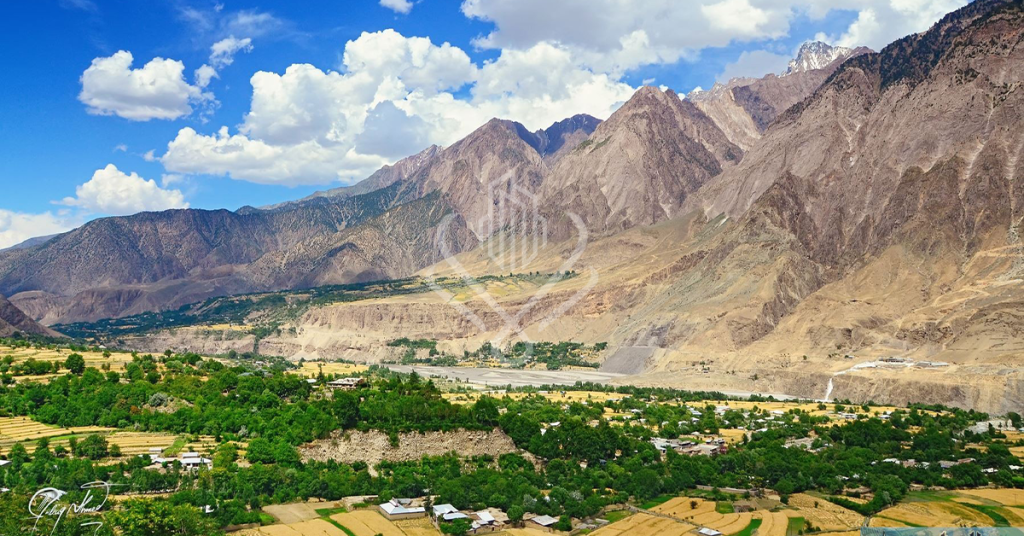
Broghil (3,798 m) is a mountain range that extends from Afghanistan’s Wakhan Corridor. Chitral is home to flowing rivers, hot springs, and fruit-filled orchards. Even though these two passes served as the primary thoroughfare, Pakistan has some beautiful scenery. Afghanistan borders the region on both sides of the old Silk Road, which connected Yarkand and Kashgar in China to Yarkand and Kashgar in China. Tajikistan is separated from Afghanistan by the narrow Badakhshan corridor, which is currently unused.
Gilgit lies in the east, and Kohistan is in the south. Ancient Chitrali tribes still reside in Chitral today, along with nomads welcomed to the state by the Mehtars. The ancient pagans, known as the Kalash, are currently limited to the three valleys of Bamburate, Rumbur, and Birir, called Chitral home. With borders extending as far as Badakhshan and Bashqal in the northwest and Kunar Valley in the south (now a part of Afghanistan), the previous state of Chitral had a larger area. This also included Sherqilla, now in Gilgit and located on its northeastern front.
Kalash Valley
The Kalash are a prehistoric paganic tribe that resides in the Chitral valleys of Bamburate, Birir, and Rumbur. The myths and superstitions that underpin the Kalash religion center on the interplay between the soul, the human body, and the cosmos. According to Kalash mythology, the relationship requires expression in dance and song, adding to the gods’ and goddesses’ enjoyment.
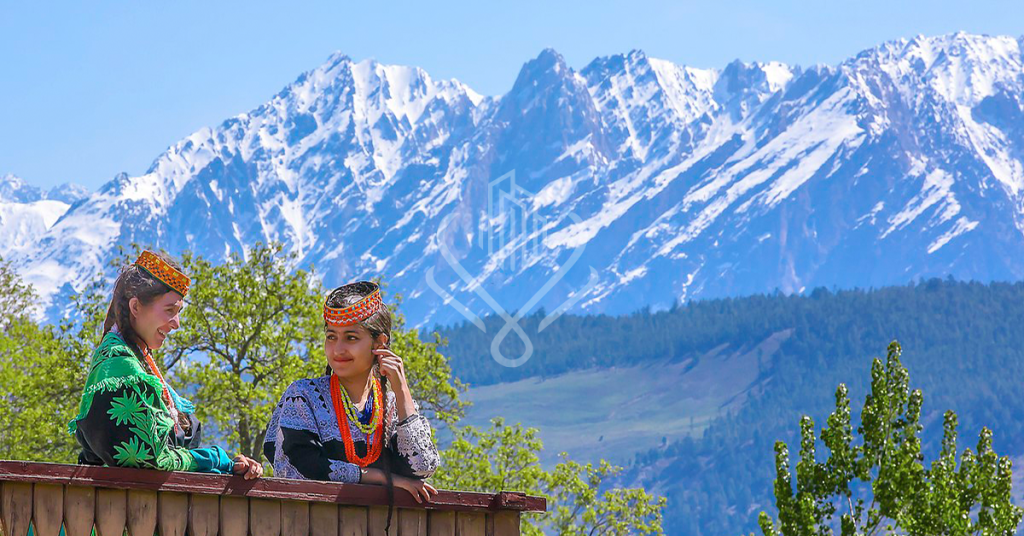
The Kalash perform sacrifices on altars, prepare customary meals, and dance to usual music to mark four major festivals celebrating seasonal change and noteworthy occurrences in agro-pastoral life.
7th–9th July: Shandur Polo Festival
Between Chitral and Gilgit, at a height of around 3798 meters above sea level, is the renowned Shandur Pass. The approximate distances from Chitral to Gilgit are 155 km and 235 km, respectively.
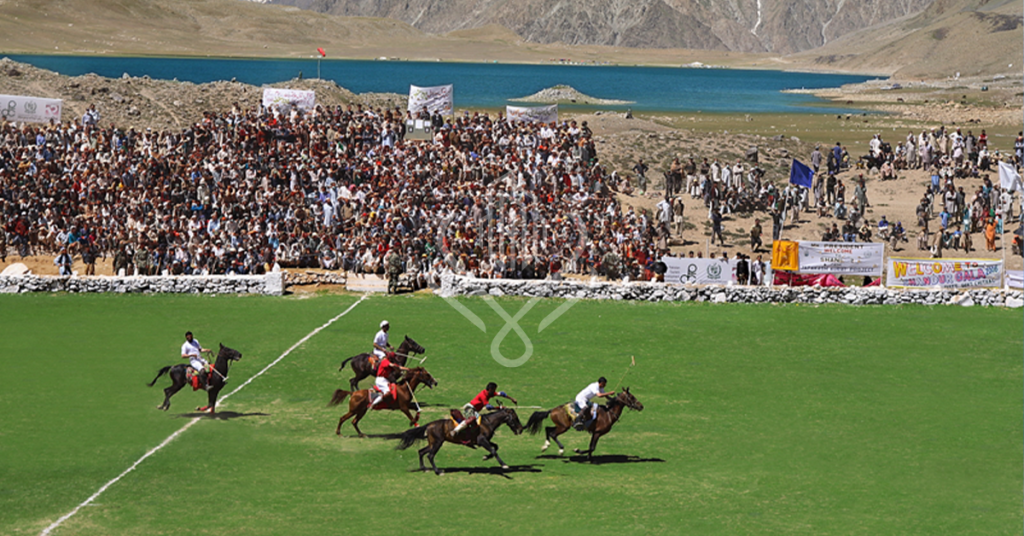
Shandur Pass remains covered in snow throughout the winter and transforms into verdant grasslands during the summer. The Shandur Lake intensifies the hues of the plateau’s surroundings, which are tall mountains. Every year, between the teams of Chitral and Gilgit, the renowned Shandur Polo Tournament, which has almost reached legendary status, is contested here from July 7th through the 9th. Fans of polo, mountain lovers, authors, photographers, mountain bikers, and hikers (both locals and tourists from abroad) congregate at Shandur for the duration of the three-day festival to see the breathtaking polo matches between the best teams.
Chilim OR Joshi
The annual spring celebration is held from May 13–16. The event asks the gods for their blessing. Protection of the Kalash community’s cattle and crops.
Utchal
Every year, the summer festival is held from August 18 to 21. The celebration honors the summertime and the profusion of dairy goods in the summer pastures.
Phoo
The annual autumn festivals take place in the middle of October. The festival also honors the livestock herds’ exit from the summer grazing grounds.
Chitirmas OR Chaumos
The annual winter celebration is held between December 8 and 21. The most significant Kalash festival is this one. On the eve of the festival, fresh clothing is supplied for every household member.
Qaqlasht Valley
One and a half hours of comfortable driving will get you to Qaqlasht, a flat area around 80 kilometers north of Chitral town. During the annual Qaqlasht Festival, held in April, this Plateau-type area transforms into a stunning picnic resort with a carpet of grassy and tiny yellow flowers stretched for miles and miles. This transformation occurs in the early spring when early spring sweeps through the valley.
The northern Chitral people celebrate their elders with the “Jashan-e-Qaqlasht” festival, which has a more than 2,000-year history. The Kator dynasty carried on the organization begun by the Rais monarchs in the distant past, actively supporting this particular cultural event and others, such as Jashan-e-Shandur and Jashan-e-Chitral.
TRADITIONAL DANCES AND CULTURAL MUSIC MAKE THE FESTIVAL MORE ATTRACTIVE.
Both teams’ fans go great distances to see this exciting game. Therefore, this occasion offers an intriguing insight into the locals’ way of life. The Shandur Polo Festival is among the world’s most enjoyable events as a result of everything put together. The event, which was put on by the Chitral Association for Mountain Area Tourism (CAMAT) in partnership with Tourism Corporation Khyber Pakhtunkhwa (TCKP), also included some traditional sports, such as Bodi Dik, as well as folk songs and dances, like “mamashish” and “Chong righishi,” which are in danger of going extinct. Cultural activities and music include folk dances, reed instrument music, and the sitar from Chitral.
The festival aims to preserve the indigenous Kho culture, promote it as a tourism offering, and draw as many domestic and foreign visitors as possible.
Terich Valley
Chitral town is located about 135 miles from Terich Valley. It is easily accessible by jeep and around 50 km long. It takes roughly 5 to 6 hours to travel from Chitral Town to Terich. The valley is home to several communities divided by fruit orchards. The primary route to the high Hindukush peaks is through Terich, which draws adventure and tour groups. The final settlement in the valley is Shagrom. The “Terich Guest House and Camping Site” is the most excellent spot to stay in Shagrom because it allows visitors to stay comfortably. For hikes and high mountain climbing, porters and carriers are available here. Ibex, snow leopards, magpies, partridge, etc., are among the local species.
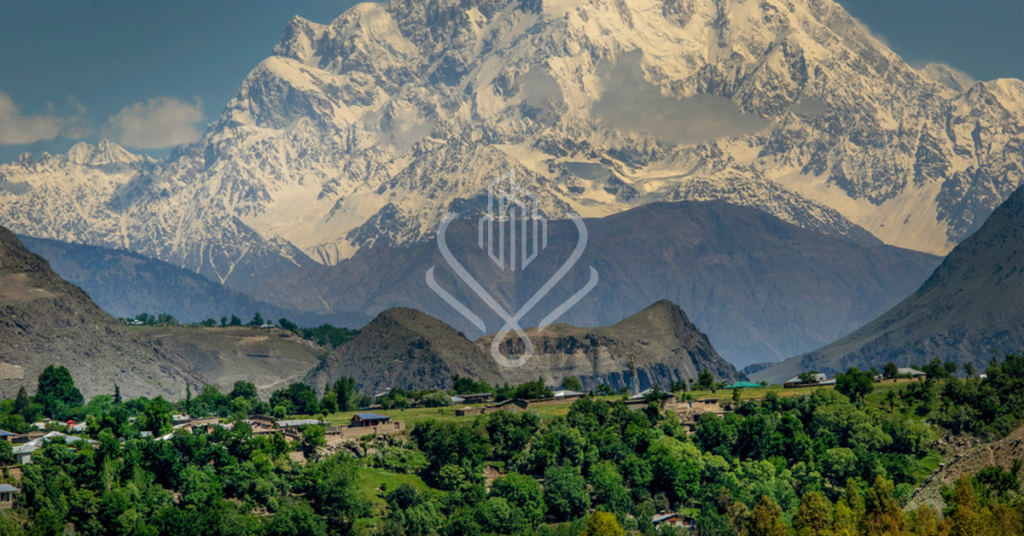
The entrance to the main hiking, trekking, and mountaineering routes, which lead to the tallest peaks and the longest glaciers in the center of the Hindukush, is the Terich Valley.
Terich, which is one of Pakistan’s highest and most remote valleys, is the last human settlement before the actual march to Terich Glacier and Terich Concordia, Udren and Roshgol Glaciers, the theater of the seven highest massifs of Hindukush, the longest glacier and peaks, including Tirichmir main 7708 m, Tirichmir East 7690 m, Noshaq main 7492, Istore Nal 7403 m, and Shingeik zoom 7290 m.
Broghil Valley
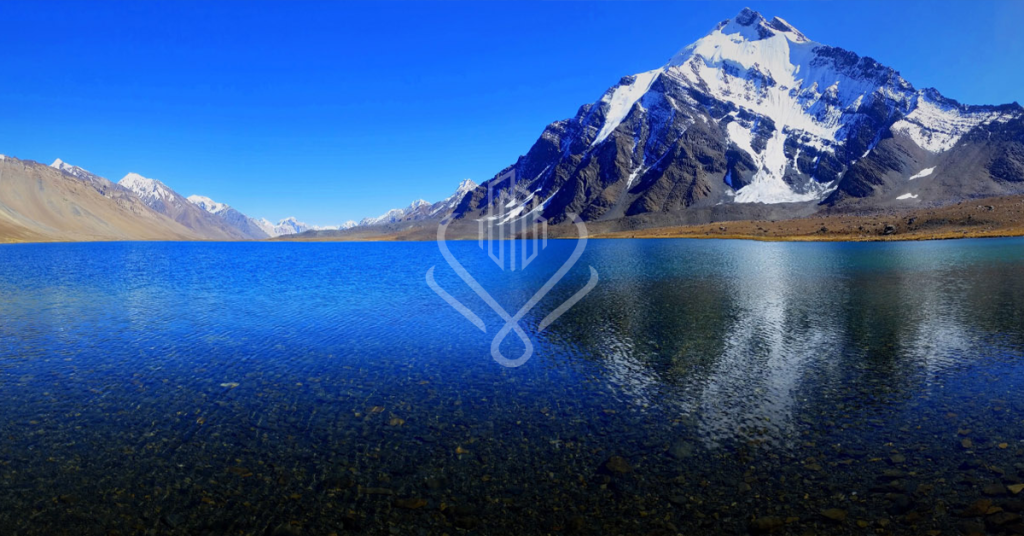
Unquestionably, one of the most beautiful valleys in the entire globe can be found in Pakistan’s northern region, and words cannot do justice to their beauty. One such area is the Broghil Valley, which captivates visitors with its scattered marshes, lush farms, fantastic fauna, and vast glaciers. The trip to Broghil Valley, around 250 km from Chitral, is an experience.
Culture & Handicrafts (LOCAL)
Chitral’s culture has Greek, Iranian, Tatar, and Tajik Turkeman influences due to its unique location and long-standing ties to Central Asia and Europe. The Chitrali people speak Khowar and refer to Chitral as “Kho” in their tongue. In the Madaglasht Valley, only Persian is spoken. Additionally, Pashto and Urdu have spread to Chitral.
Kalash, Gujari, Nuristani, Dameli, Wakhi, Kirghiz, Yidgha, Gawar-Bati, and Phalura are among the additional languages spoken in Chitral.
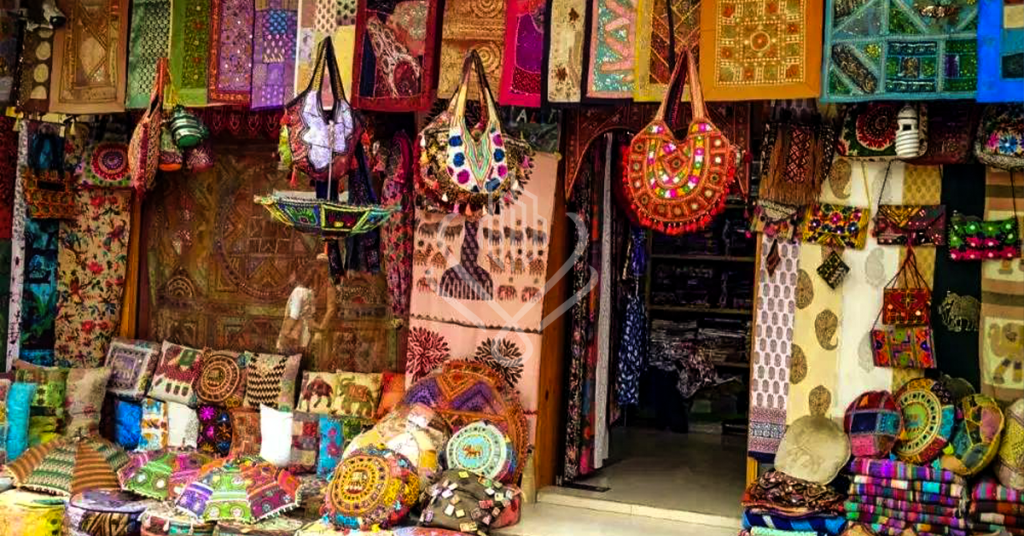
Although the culture of hospitality is present throughout northern Pakistan, few towns exhibit it with the same warmth as Chitral. Chitralis have a long history of music. A stringed instrument known as the Chitrali sitar is frequently heard at public events and family get-togethers.
The most well-liked sport in Chitral, polo has become legendary. Matches are joyful events that draw many tourists. Every year, from July 7 to July 9, Gilgit and Chitral compete in the renowned Shandur Polo Tournament in Shandur Pass near Laspur Valley.
Chitral Qashqar offers an excellent getaway for tourists and nature lovers who wish to unwind and enjoy the beautiful bounty of nature, with its rushing rivers, fruit-laden orchards, and flower-covered mountains. These valleys provide numerous long and short treks and those that lead to the conservancies of Dir Kohistan Qashqar and Kalam Qashqar.
A region of expansive meadows, high pastures, and terraced fields covered in a lush green canopy is found in Madaglasht. A ravine with oak and pine trees is called Koghozi. The enormous valley of Goleen, which reaches the lofty, rugged hills above and has cliffs on all sides, marks the end of the forested slopes. Laspur, with the vast, arid Beshqar valley in the
How To Get There
On Friday and Sunday, Pakistan International Airlines offers flights with a 50-minute travel time from Peshawar and Islamabad to Chitral. Driving from Peshawar to Chitral across the Lowari Pass takes about eight hours. Two tunnels, each measuring 9 km and 2 km, have been built to improve access for the general people from Chitral to the rest of Pakistan and vice versa. Making travel simple for visitors will cut the journey time by two hours. Local buses that run frequently between Peshawar and Chitral and Islamabad and Chitral are available to rent from regular bus terminals.
Conclusion
In conclusion, Chitral Valley is a place of extraordinary natural beauty, cultural diversity, and historical significance in the heart of the Hindukush mountains. Nestled under the shadows of the majestic Tirichmir, the valley is a tapestry of lush orchards, flowing rivers, and breathtaking glaciers. Chitral’s rich cultural heritage is a harmonious blend of various influences, including Greek, Iranian, Tatar, Tajik Turkeman, and more, resulting from its unique location and historical ties to Central Asia and Europe.
The presence of ancient tribes, like the Kalash, adds to the valley’s cultural richness, and their unique traditions and festivals continue to be celebrated with enthusiasm. Notably, the Shandur Polo Festival stands out as a globally renowned event, attracting visitors worldwide to witness thrilling polo matches in a picturesque setting.
FAQs
Q1. What is Chitral Valley known for?
Ans. Chitral Valley is renowned for its stunning natural beauty, rich cultural heritage, and as a gateway to the Hindukush mountains, making it a popular destination for nature lovers and adventure seekers.
Q2. How can I reach Chitral Valley?
Ans. You can reach Chitral by air through flights from Peshawar and Islamabad or by road, traversing the Lowari Pass. New tunnels have improved road access and reduced travel time.
Q3. What languages are spoken in Chitral?
Ans. The primary language in Chitral is Khowar, but you’ll also hear Pashto, Urdu, and Persian in different areas. Other languages, including Kalash and Wakhi, are spoken by local communities.
Q4. What is unique about the Kalash people in Chitral?
Ans. The Kalash people are a unique and ancient pagan tribe in Chitral known for their distinct culture and religious practices. They celebrate colorful festivals and are famous for their customs and traditions.
Q5. What are the major festivals in Chitral?
Ans. Chitral hosts various festivals, including the Shandur Polo Festival, Chilim Joshi, Utchal, Phoo, and Chitirmas. These festivals celebrate seasons, agriculture, and cultural heritage.
Q6. Is Chitral a good destination for trekking and mountaineering?
Ans. Yes, Chitral offers excellent opportunities for trekking and mountaineering. Terich Valley is a significant starting point for high-altitude expeditions to the Hindukush peaks.
Q7. What is the Shandur Polo Festival, and when does it occur?
Ans. The Shandur Polo Festival is a famous event held annually between Chitral and Gilgit, taking place at the Shandur Pass in July. It’s a thrilling polo tournament that attracts visitors from all over.
Q8. What is the best time to visit Chitral Valley?
Ans. The best time to visit Chitral is during the summer months (May to September) when the weather is pleasant and most festivals and outdoor activities occur.
Q9. What wildlife can be found in Chitral Valley?
Ans. Chitral Valley is home to wildlife, including ibex, snow leopards, and partridges. The area is a haven for nature enthusiasts and wildlife photographers.
Q10. What is the culture of hospitality like in Chitral?
Ans. Chitralis are known for their warm hospitality. Visitors can experience the genuine warmth and friendliness of the locals, making it a welcoming destination for tourists.
Our Featured Article:
Read More: Everything You Need to Know About Taxila Museum
Don’t miss the chance to invest with Lakeshore! Secure your investment today by investing your financial investment with Lakeshore in the following available options like Lakeshore City, Lakeshore Club, and Lakeshore Farms.
For More updates, please Contact +92 335 7775253 or visit our website https://lakeshorecity.com/
Lakeshore City is the upcoming elite lifestyle at Khanpur Dam. Offering no parallel amenities for the members and owners of distinguished farmhouses.
Become Part of Luxurious Lifestyle
Contact: 0335 7775253



